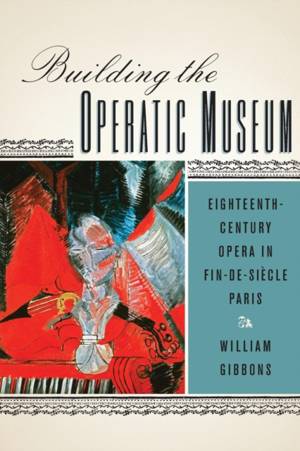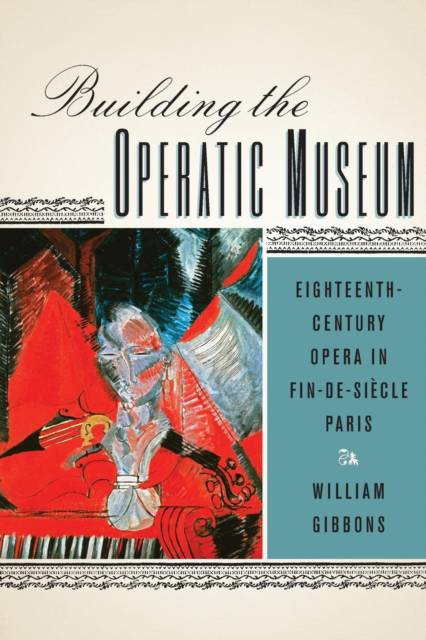
En raison d'une grêve chez bpost, votre commande pourrait être retardée. Vous avez besoin d’un livre rapidement ? Nos magasins vous accueillent à bras ouverts !
- Retrait gratuit dans votre magasin Club
- 7.000.000 titres dans notre catalogue
- Payer en toute sécurité
- Toujours un magasin près de chez vous
En raison de la grêve chez bpost, votre commande pourrait être retardée. Vous avez besoin d’un livre rapidement ? Nos magasins vous accueillent à bras ouverts !
- Retrait gratuit dans votre magasin Club
- 7.000.0000 titres dans notre catalogue
- Payer en toute sécurité
- Toujours un magasin près de chez vous
56,95 €
+ 113 points
Format
Description
The pathbreaking revival in Paris ca. 1900 of long-neglected operas by Mozart, Gluck, and Rameau -- and what this meant to French audiences, critics, and composers. Focusing on the operas of Mozart, Gluck, and Rameau, Building the Operatic Museum examines the role that eighteenth-century works played in the opera houses of Paris around the turn of the twentieth century. These works, mostly neglected during the nineteenth century, became the main exhibits in what William Gibbons calls the Operatic Museum -- a physical and conceptual space in which great masterworks from the past and present could, like works ofvisual art in the Louvre, entertain audiences while educating them in their own history and national identity. Drawing on the fields of musicology, museum studies, art history, and literature, Gibbons explores how this "museum" transformed Parisian musical theater into a place of cultural memory, dedicated to the display of French musical greatness. William Gibbons is Associate Professor of Musicology at Texas Christian University.
Spécifications
Parties prenantes
- Auteur(s) :
- Editeur:
Contenu
- Nombre de pages :
- 316
- Langue:
- Anglais
- Collection :
- Tome:
- n° 99
Caractéristiques
- EAN:
- 9781580465878
- Date de parution :
- 23-01-17
- Format:
- Livre broché
- Format numérique:
- Trade paperback (VS)
- Dimensions :
- 152 mm x 229 mm
- Poids :
- 412 g

Les avis
Nous publions uniquement les avis qui respectent les conditions requises. Consultez nos conditions pour les avis.






